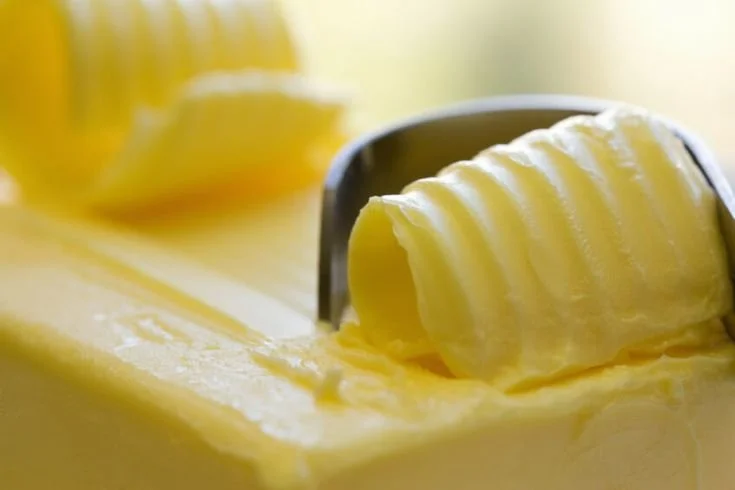My Butter Half
I don’t know about you, but I am obsessed with butter. The glistening of butter on my fingers when I eat a croissant, the smell of butter on garlic bread fresh out of the oven, the smooth texture of whipped butter on toast—I’m literally drooling as I write this. As someone who loves butter and all its many uses, I dedicate this blog post to my true love: butter, so we can all appreciate it a bit more.
Butter is one of the most beloved ingredients in culinary history, cherished across cultures for its rich flavor, smooth texture, and versatility in cooking and baking. The flavor of butter is often described as creamy, slightly sweet, and indulgent. If you didn’t know, butter is made by churning cream to separate the fat from the buttermilk (sounds so simple, right?). It serves not only as a delicious flavor enhancer but also as an important structural component in countless recipes, like flaky pastries or creamy sauces.
There are several types of butter—salted, unsalted, cultured, and clarified (ghee)—each serving a different purpose in the kitchen. For example, unsalted butter is preferred when baking because it helps control the salt content, while cultured butter, made from fermented cream, offers a unique, tangier, and more complex taste. Clarified butter, which has the milk solids and water removed, has a higher smoke point and longer shelf life, making it great for high-heat cooking.
Butter shines brightest (in my opinion) in pastry-making—my absolute favorite use. It has the ability to create tender, flaky textures in croissants, puff pastry, and pie crusts. That’s because when baked, the water in butter turns to steam, helping doughs to rise and form those light, delicate layers we all love.
Nutritionally (and most heart-breakingly for me), butter has long been at the center of debate. Once criticized for its saturated fat content, it’s seen a comeback thanks to the rise of low-carb and whole-food movements, which often favor natural fats over processed alternatives like margarine. For those focused on health benefits, grass-fed butter is an option—it’s higher in omega-3 fatty acids and vitamins like A, D, and K2. So of course, in moderation, I’m eating it all for my health.
When I taste butter in my dishes, I’m immediately hit with a comforting presence that makes every meal more enjoyable, whether it’s breakfast or dinner. Whether used as a base for sauteeing onions or simply enjoyed on warm toast, butter remains as example to the enduring power of simple ingredients done well.

